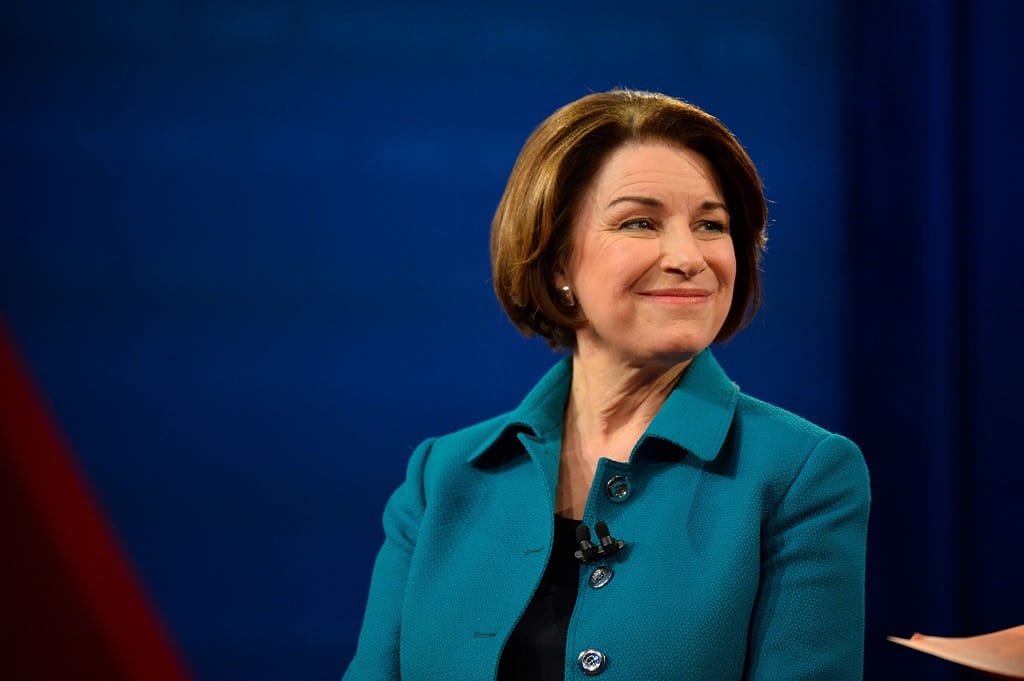FCC Asked To Include States In Mapping, Maryland’s $300M For Broadband, Energy-Saving STB Agreement
April 6, 2021 – Senate Democrats and independents are pushing the Federal Communications Commission to include state, regional and tribal governments in its development of more accurate broadband maps, according to a letter dated April 1. “We strongly urge you to incorporate the voices of state, loc

April 6, 2021 – Senate Democrats and independents are pushing the Federal Communications Commission to include state, regional and tribal governments in its development of more accurate broadband maps, according to a letter dated April 1.
“We strongly urge you to incorporate the voices of state, local and tribal governments and provide them with an opportunity to meaningfully challenge the data filed by internet service providers (ISPs),” the April 1 letter said. The letter advocates for the FCC to consider how to design a new broadband mapping data collection system.
Mapping has been a big issue with addressing gaps in broadband roll-out, as the FCC has previously relied on faulty data submitted by internet service providers.
“Many state and local governments know exactly who do and do not have access to reliable high-speed broadband within their communities,” the letter adds. “Some states have created their maps with granular data. Their valuable insights will be integral in creating accurate data maps that accurately reflect broadband services as experienced by consumers and ensuring that federal dollars are efficiently targeted and leveraged.”
States including Georgia have been building their own maps.
Maryland Puts $300 Million in Broadband
Maryland Governor Larry Hogan announced last week a $300-million investment in broadband and digital advancements, which comes from the $3.9 billion in federal COVID-19 relief funds.
“The question is not how much it will cost to bridge the digital divide, the question is how much will it cost if we do not act right now,” state senate President Bill Ferguson said during a press conference announcing the funding. “Who will be left out of the opportunities of today and tomorrow if we don’t have urgency around this issue?
“The digital divide is a solvable problem that requires investments in infrastructure, affordability, and adoption. We are pleased to hear that the State will allocate $300 million toward bridging the digital divide,” said Tia Price, director of the Baltimore Digital Equity Coalition.
The allocation of the $300 million is varied and is divided in three categories: physical infrastructure, affordability and adoption. Included in the spending package is $45 million for municipal broadband, $45 million for monthly broadband service subsidies, and $30 million for devices for qualified Maryland households.
The Abell Foundation estimates 23 percent of homes lack wireline home broadband services, and state leaders are prioritizing digital connectivity alongside unemployment insurance, schools, and transportation.
Energy-Saving Set-Top Box Voluntary Agreement Renewed Through 2025
Consumer Technology Association and the Internet and Television Association announced last month that they will extend the voluntary agreement for ongoing improvement to the energy efficiency of set-top boxes through 2025.
In addition to saving consumers $7 billion in costs and preventing 39 million metric tons of greenhouse gas emissions through the end of 2019, the agreement includes new, tougher energy efficiency targets beginning in 2023, the agreement stated.
The total energy used by set-top boxes in the United States is projected to be one-third of what was originally used.
“The Department of Energy (DOE) welcomes the extension of the set-top box voluntary agreement and supports the continued efforts of our industry partners to improve the energy efficiency of these products and save consumers money on their energy bills,” said Kathleen Hogan, acting under secretary for science and energy.
“DOE appreciates the commitment by CTA and NCTA to study the impacts of the growth of cloud-based streaming services on electricity use across America and looks forward to future advances in energy-efficient technologies in this area.”
Signatories of the agreement include all major multichannel pay TV providers (AT&T/DIRECTV, Comcast, Charter, DISH, Verizon, Cox, Altice, and Frontier), major manufacturers (CommScope and Technicolor) and energy efficiency advocates (Natural Resources Defense Council and American Council for an Energy-Efficient Economy).









Member discussion